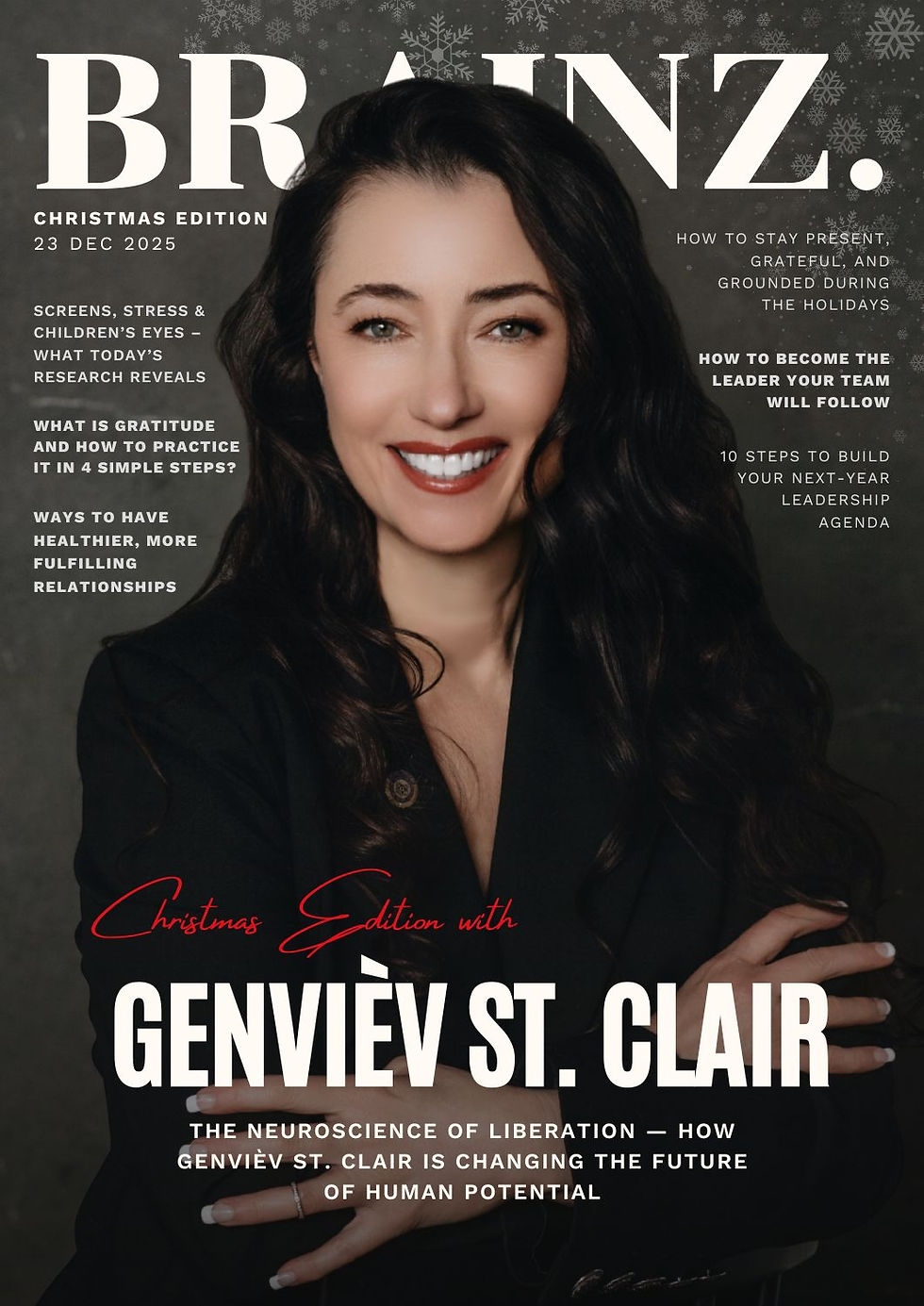How Solution Focused Coaching Can Help You Unlock Your Thinking
- Brainz Magazine

- Aug 25, 2022
- 4 min read
Written by: Marty Wightman, Executive Contributor
Executive Contributors at Brainz Magazine are handpicked and invited to contribute because of their knowledge and valuable insight within their area of expertise.

Solution focused coaching (SFC) has its roots in Milton Erickson’s approach to strategic therapy and Berg and de Shazer’s brief solution-focused therapy (Grant, 2007). SFC firmly turns its back on a diagnostic approach of analysing problems, uncovering the root cause and prescribing a way forward. Rather than assuming between a problem and its solution, SFC focuses on a coachee’s strengths and working with a coachee’s resources is better than working on a coachee’s deficits (Berg and Reuss, 1998). Looking towards the future rather than the past, looking at solutions rather than problems, and looking at coachee strengths rather than deficiencies is at the heart of SFC (Murphy, 1997)

SFC can be defined by O’Connell and Palmer (2007) as “an outcome-orientated, competence-based approach. It helps clients achieve their preferred outcomes by evoking and co-constructing solutions to their problems”.
SFC is both future orientated and goal-directed, allowing the coachee to design and implement solutions with the help and support of a coach, shifting them from problem exploration to solution construction. This practical approach is taught to coachees to allow them to work with this approach in their life.
Research suggests that solution focused approaches can be effective for a wide range of problems, including couple counselling, (Murray and Murray, 2004), child and adolescent counselling (Corcoran and Stephenson, 2000; Letham, 2002), depression (Dahl et al, 2000) and now coaching (Green et al, 2004).
Solution focused thinking has gained a huge international following from a wide range of sectors and groups including education, mental health, social work, business, and of course coaching (O’Connell and Palmer, 2007).
Solution focused therapy is pretty light on psychological underpinning theory, although self-directed learning and self-regulation does lie at the heart of it (O’Connell & Palmer, 2003; Grant, 2007). Zachary (2005) explained the principles of self-directed learning for the coachee to include:
their ability to construct solutions
their ability to digest and act upon feedback
take ownership of creating change for themselves
use of structured learning activities
the integration of the learning experience into other aspects of life
Grant (2007) explains how self-regulation plays its part in solution-focused approaches. He states “self-regulation is essentially about the ability to set and work towards goals … the cycle is a simple process of setting a goal, developing an action plan, action, monitoring, evaluating, and then changing what does not work and doing more of what does”.
SFC developed standard interventions that were to be used whatever the nature of the problem (O’Connell & Palmer, 2003), these included:
Finding exceptions to the problem: Through highlighting when the problem doesn’t exist the coach and coachee are able to start to identify how to make these exceptions more frequent.
Getting the coachee to do something different: Simply put, if it isn’t working stop doing it. If the coachee can identify failed solutions then abandoning these can create space for successful solutions to emerge.
The use of scaling: A simple, yet effective subjective measuring technique. By asking coachees how close they are to Goal X on a scale of 1 to 10, and then asking them what they can do to get them to the next point on the scale.
The miracle question: Created by Shazer (1988), is a central intervention in a solution focused approach to help coachees identify existing solutions and resources and produce realistic goals for themselves. A miracle question asks coachees ‘if a miracle was to happen and your problem had disappeared, what would be the first signs of that a miracle had happened?’
Small steps: Through small steps, the coachee can see achievable success that builds over time, rather than an overwhelming large step change.
Therapeutic compliments: Praising and paying compliments to the coachee appropriately and with sincerity helps to build their self-confidence.
Refusal to purchase the problem: Every conversation has a buyer and selling, one person may ‘sell’ their story, whilst another (the person listening) ‘buys’ it. Successful SFC does not ‘buy’ into the problem the coachee is selling. Rather than keep listening to a problem from the coachee, the coach will respectfully hold the conversation within a solution construction.
Reframing: To be able to reflect and reframe a coachee’s statements to create new ways of viewing and doing is a vital tool. It can acknowledge possibilities, clarify goals, create options, remove resistance and fosters a shift in perspective.
In order to maintain focus, the above techniques could easily fit alongside the CBC or Behavioural Coaching frameworks.
For more information contact an Online Life Coach like Betterr to work through SFC.
Follow me on Facebook, Instagram, LinkedIn, and visit my website for more info!

Marty Wightman, Executive Contributor Brainz Magazine
Marty qualified as a coach in 2007 when he set up his practice in London, UK. He holds a Masters's degree in Psychology, and he graduated from the University of East London. In addition to his academic qualifications, he is a member of the Association for Coaching, a Senior Member of the ACCPH, and trained by Stanford University Professors Bill Burnett and Dave Evans in Life Design. Marty takes a cognitive-behavioral, rational emotive behavior, and solution-focused approach to psychological coaching and its application to life/personal, health, performance, business, and executive coaching.










.jpg)